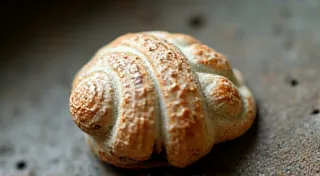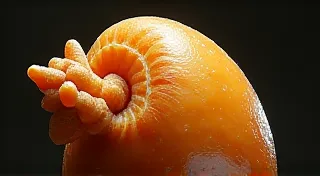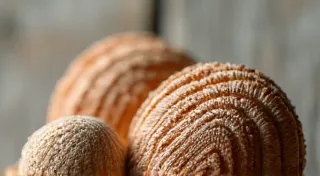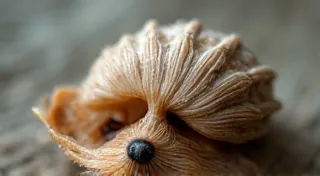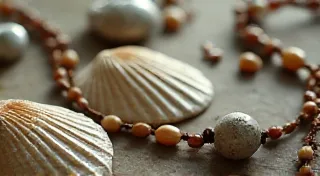The History of Seashells in Jewelry and Crafts
For centuries, seashells have captivated humans with their beauty and intricate designs. Long before plastic beads and manufactured embellishments, seashells were a primary source of decoration, becoming integral to jewelry making, crafts, and folk art across various cultures. This article delves into the fascinating history of using vintage shells in these applications, revealing the cultural significance and enduring appeal of these treasures from the sea. Beyond their aesthetic value, understanding how to properly care for and photograph these pieces is crucial for collectors – a topic explored further in Photographing Vintage Shells: Best Practices for Collectors.
Early Uses: Practicality and Symbolism
The earliest uses of seashells were likely utilitarian. Indigenous populations across the globe utilized shells for tools, currency, and ornamentation. In many coastal communities, particularly in the Pacific Islands, Polynesia, and the Americas, shells served as currency, signifying wealth and status. The cowrie shell, for instance, was a widely accepted form of currency, particularly in Africa and Asia, demonstrating its inherent value beyond its physical form. Beyond practicality, shells held deep symbolic meaning. They were often linked to the ocean’s power, fertility, and connection to the spiritual realm. Shells like the conch were revered for their sound, used in ceremonies and rituals. The resonant tones were believed to connect individuals to the divine, enhancing the potency of their prayers and celebrations. The rarity and beauty of certain shells elevated their status even further, making them highly prized possessions. Archaeological evidence suggests the use of shells for personal adornment dates back tens of thousands of years, highlighting their integral role in early human cultures.
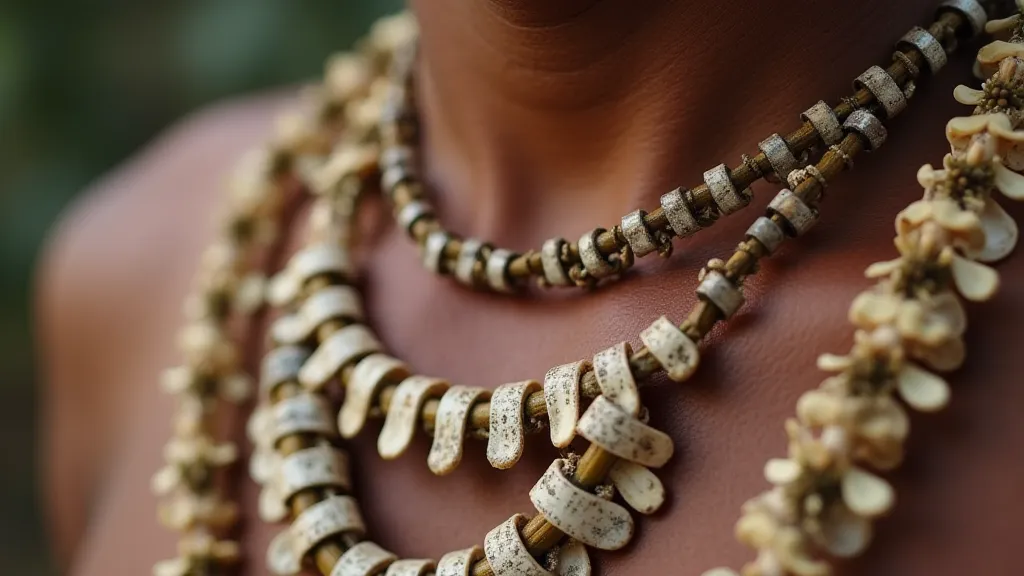
The Victorian Era: A Shell-Embellished Society
The Victorian era (1837-1901) witnessed a significant surge in the popularity of shell-based crafts. Known as "shellwork," it was a fashionable pastime for ladies of leisure. Shellwork wasn't simply a craft; it was a symbol of refinement and social standing. The intricate designs demonstrated patience, skill, and access to materials. Seashells were painstakingly cleaned, drilled, and arranged into intricate designs for decorating boxes, screens, mirrors, and even furniture. The process itself was considered therapeutic and a welcome diversion from the demands of Victorian society. Popular shells included cowries, scallops, mussels, and olive shells. The abundance of shells available through trade and exploration, often brought back by sailors and explorers, fueled this artistic boom. Victorian shellwork often incorporated elements of naturalism, attempting to replicate the beauty of the ocean and its inhabitants in miniature form. The demand for unique and beautifully crafted pieces drove innovation in shellwork techniques, leading to increasingly elaborate and sophisticated designs. The meticulousness required to create these pieces is truly remarkable, and it's a fascinating window into the aesthetics of the time.
Shell Jewelry: From Simple Adornment to Exquisite Pieces
Shell jewelry has a long and varied history. Simple strings of shells have been worn for millennia, representing a direct connection to the ocean’s bounty and spiritual significance. However, the Victorian era saw a flowering of shell jewelry artistry. Shells were drilled and strung into necklaces, bracelets, and earrings, often incorporating intricate beadwork and metal accents. The technique of applying shell fragments to a base material, creating “shell cameo” jewelry, became quite popular. These cameos often depicted classical figures, portraits, and floral motifs, transforming humble shells into works of art. The skill required to carve these cameos is astonishing, requiring a steady hand and a keen eye for detail. Beyond the artistry, shell cameos provided a means of expressing personal narratives and celebrating cultural heritage. The use of vintage shells in jewelry persisted well into the 20th century, evolving with changing fashion trends. The colors and textures of the shells were often emphasized, and new techniques, such as enameling and gilding, were incorporated to enhance their beauty. Collectors today cherish these vintage pieces not only for their aesthetic appeal but also for their historical significance.
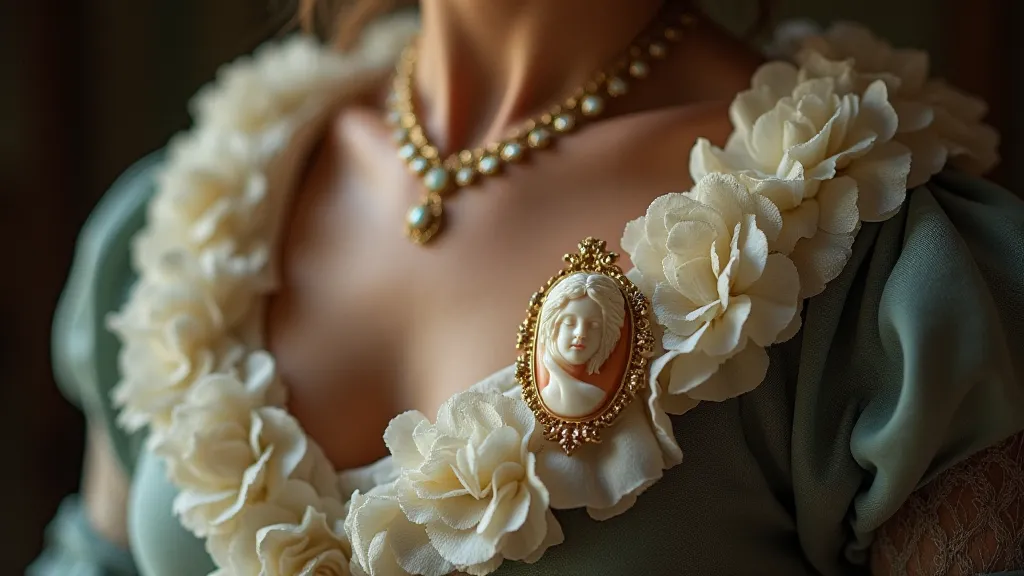
Beyond the Victorian Era: 20th Century and Beyond
While the shellwork craze of the Victorian era waned, the incorporation of vintage shells into crafts and jewelry never disappeared. In the mid-20th century, shell art experienced a revival, often seen in kitsch souvenir items and folk art pieces – often mass-produced and readily available to tourists seeking a piece of coastal charm. These pieces, while less refined than their Victorian counterparts, still held a nostalgic appeal and represented a connection to the seaside. Today, vintage shells continue to be cherished by collectors and craft enthusiasts alike. The rise of sustainable practices and an appreciation for unique, handcrafted items have fuelled a renewed interest in using vintage shells in contemporary jewelry making and decorative arts. The availability of beautiful, unique pieces from past eras allows artisans to create one-of-a-kind treasures. Modern jewelry designers are experimenting with new ways to incorporate vintage shells into their creations, often combining them with other materials such as silver, gold, and gemstones. This fusion of old and new creates a unique and visually striking aesthetic that appeals to a wide range of tastes.
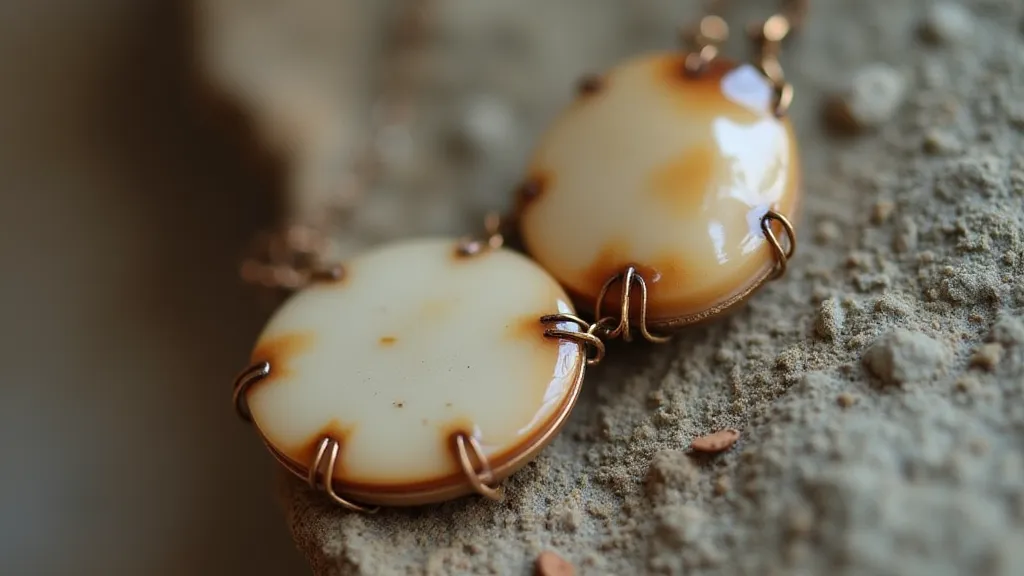
The Significance of Shell Identification and Preservation
The value of vintage shell pieces isn's solely based on their aesthetic appeal. Accurate identification is key to understanding their historical context and assessing their rarity. Knowing the species of shell used – whether it’s a common scallop or a rare cone shell – can significantly impact its value to collectors. Numerous online resources and field guides are available to assist in shell identification, but consulting with an expert is often the best approach. Furthermore, proper preservation techniques are crucial to maintaining the integrity of vintage shell pieces. Exposure to sunlight, moisture, and extreme temperatures can cause discoloration, cracking, and deterioration. Storing shells in cool, dry environments and avoiding harsh cleaning agents is essential for ensuring their longevity.
Collecting Vintage Shells: A Guide for Enthusiasts
For those interested in starting a collection of vintage shells, several factors should be considered. Begin by researching different types of shells and learning about their historical significance. Attend antique shows and flea markets to discover unique pieces and network with other collectors. When purchasing shells, carefully inspect them for any signs of damage or repairs. Ask questions about the shell’s provenance – its history of ownership – as this can often add to its value. Building a collection takes time and patience, but the rewards of owning a piece of history are immeasurable. Learning how best to Photographing Vintage Shells: Best Practices for Collectors can also be very helpful for documenting your collection and sharing your passion with others.
Preserving the Legacy
The history of seashells in jewelry and crafts is a testament to humanity's enduring fascination with the ocean and its treasures. By understanding the significance of vintage shells in past cultures, we can appreciate their beauty and historical value even more. Collecting and preserving these pieces not only safeguards a unique aspect of our cultural heritage but also inspires creativity and innovation for generations to come. The ongoing appeal of vintage shells reflects a deep connection to the sea and a desire to create beautiful, meaningful objects. These fragments of the past offer a tangible link to our ancestors and a reminder of the enduring power of nature.
